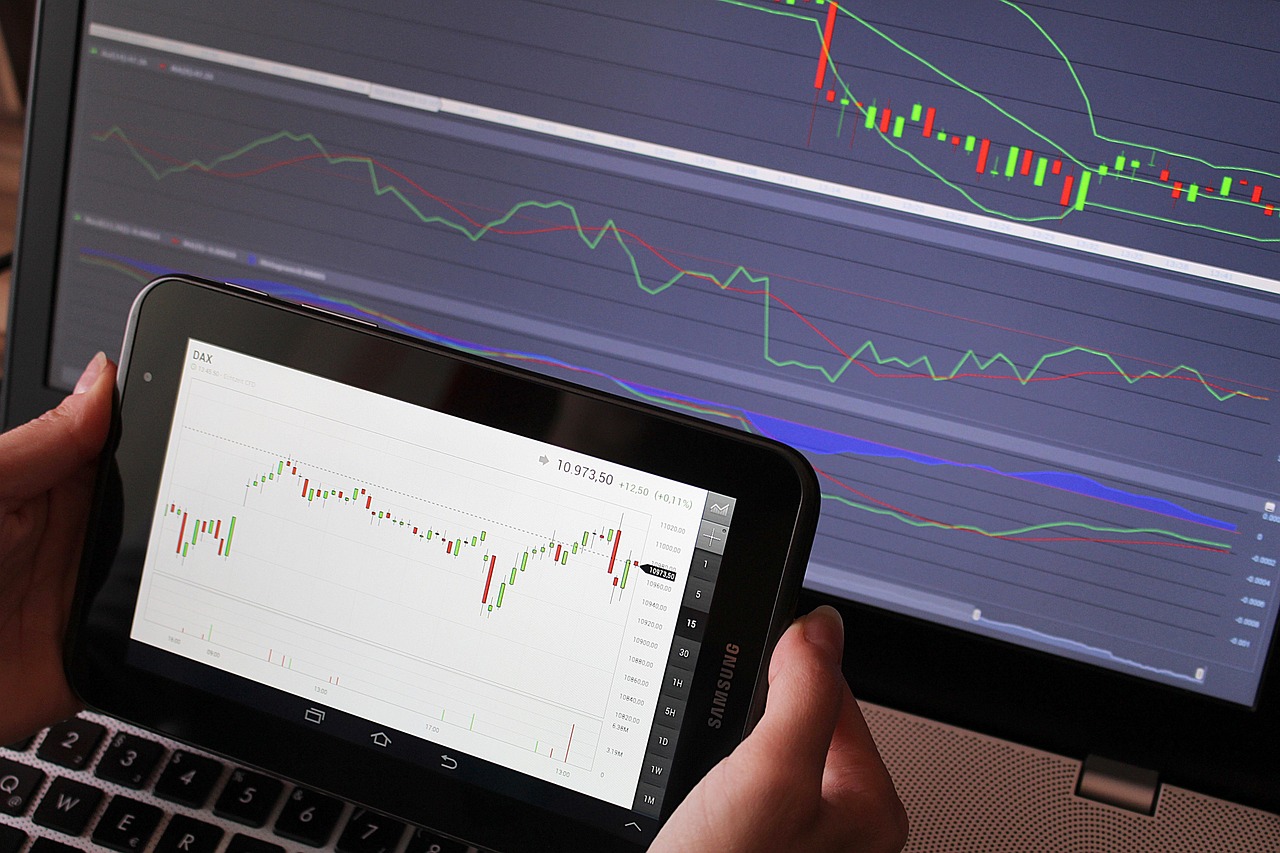In the cryptocurrency world for 4 years, I have learnt more new things from this crypto market. One of them candlestick. It's more important to analyse or understanding smaller time candlesticks. It's used to focus on the 1-minute chart, my heart racing frequently, always caught between gains and losses, often buying high or selling low. Later, I met a technical expert who pointed out to me that it was actually quite simple. Our problem was only focusing on one timeframe. Today, I will discuss my commonly used multi-timeframe candlestick trading method, which involves three simple steps: grasping the direction, finding entry points, and timing. (I suggest liking and saving this to avoid losing it later)

[source](https://pixabay.com/photos/trading-analysis-forex-chart-643722/)
1. 4-Hour Candlestick: Determines your major direction for going long or short. This timeframe is long enough to filter out short-term noise and clearly see the trend:
• Uptrend: Highs and lows synchronously rise - Buy on pullbacks
• Downtrend: Highs and lows synchronously decrease - Rebound to sell short
• Sideways fluctuations: Prices repeatedly move within a range, making it easy to get whipsawed; frequent trading is not recommended
Remember this: Following the trend increases your win rate, trading against it will only lead to losses
2. 1-Hour Candlestick: Used to delineate ranges and find key levels. Once the major trend is confirmed, the 1-hour chart can help you find support/resistance:
• Approaching trendlines, moving averages, and previous lows are potential entry points
• Approaching previous highs, important resistance, or the formation of top patterns, you should consider taking profits or reducing positions
3. 15-Minute Candlestick: Only for the 'entry action' later on. This timeframe is specifically for finding entry opportunities, not for looking at trends:
• Wait for key price levels to show small timeframe reversal signals (engulfing, bottom divergence, golden cross) before acting
• Volume needs to be released for a breakout to be reliable; otherwise, it is prone to false moves
How to combine multiple timeframes?
1. First, determine the direction: Use the 4-hour chart to decide whether to go long or short
2. Find entry zones: Use the 1-hour chart to circle support or resistance areas
3. Accurate Entry: Use the 15-minute chart to find the final entry signal
A few additional points:
• If the directions of several timeframes conflict, it is better to stay on the sidelines and avoid uncertain trades
• Small timeframes fluctuate quickly, so stop-losses are necessary to prevent being repeatedly stopped out
• Combining trend, position, and timing is much stronger than just guessing while staring at the chart
I have used this multi-timeframe candlestick method for over 6 years; it is a stable foundational setup. Whether you can use it well depends on your willingness to look at charts more and summarize insights.